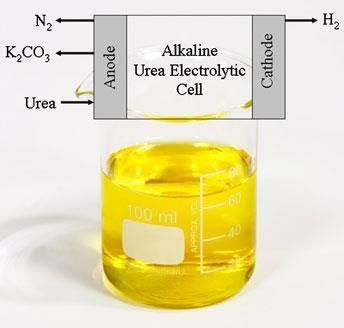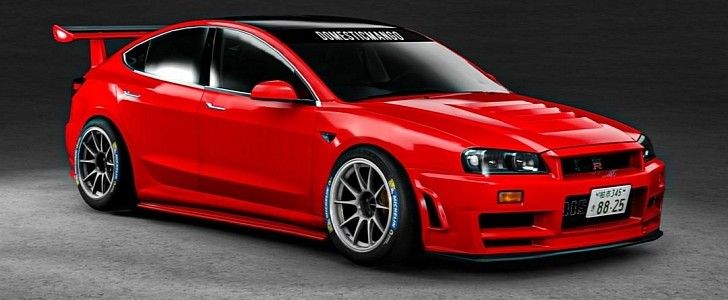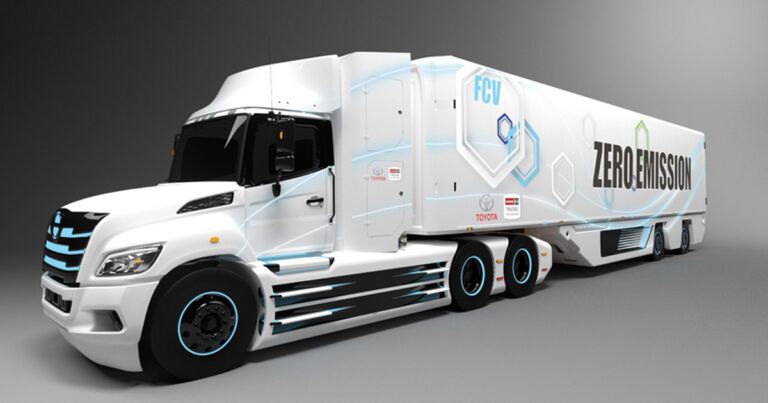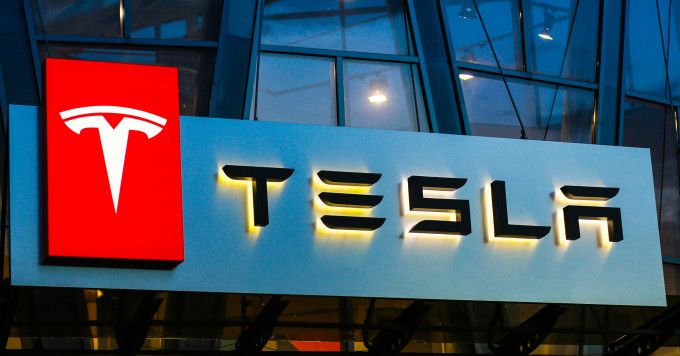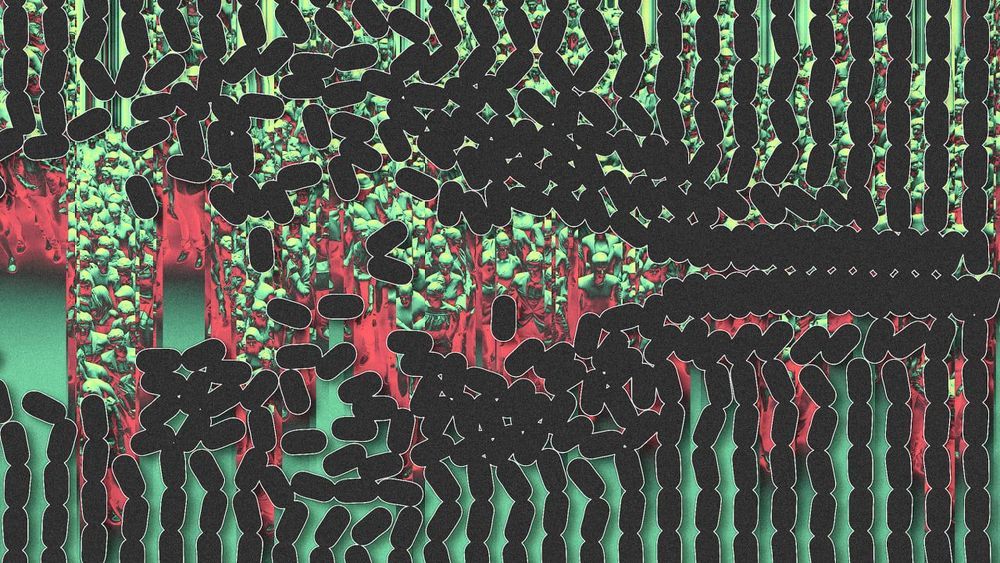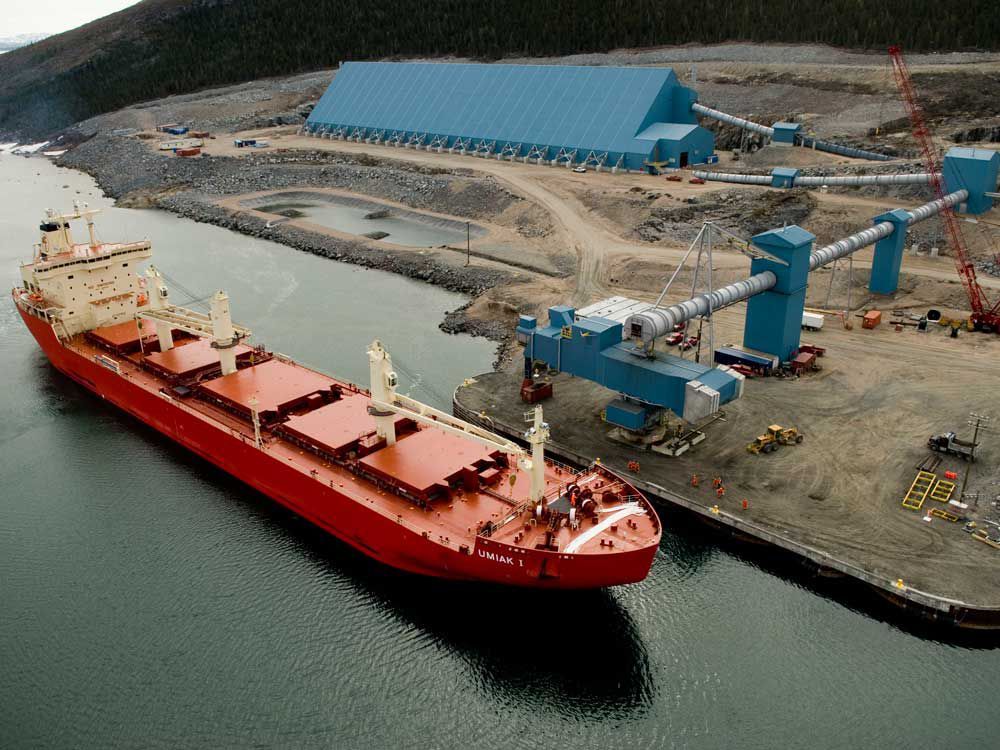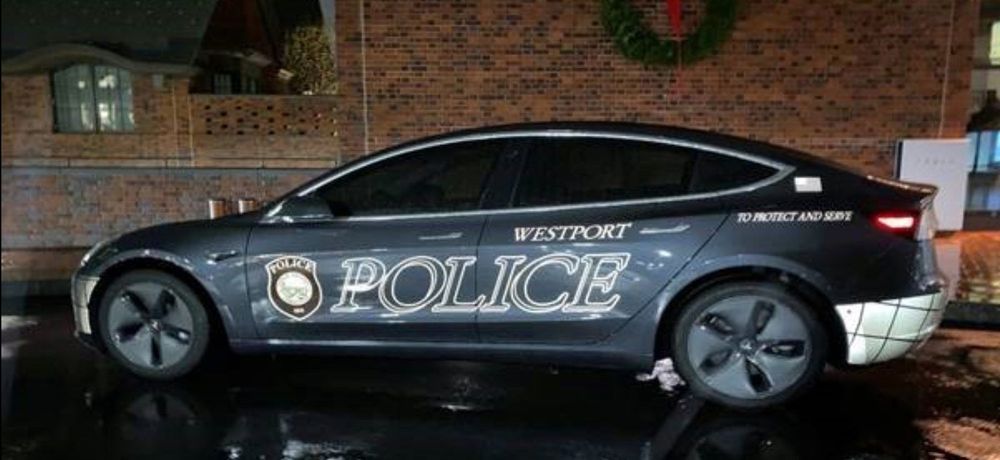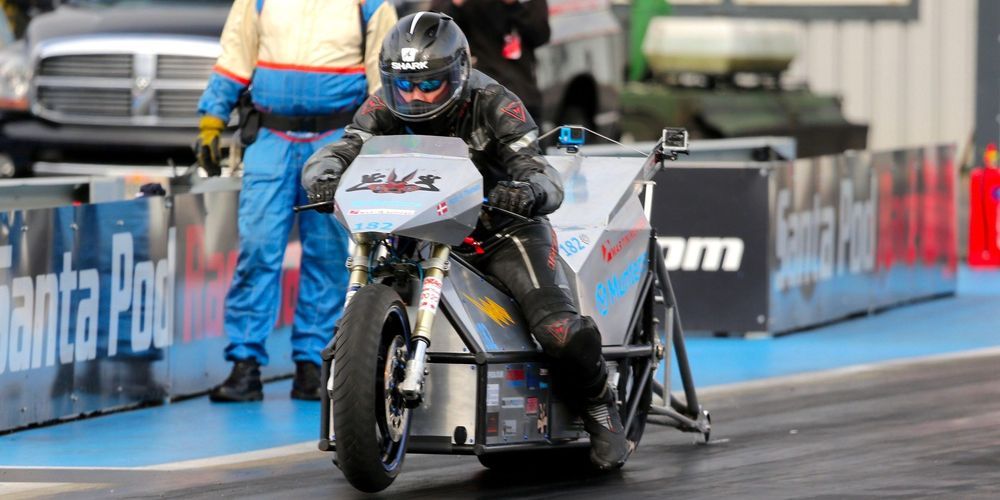Circa 2009
Whizz electrocatalyst frees the hydrogen from ‘liquid gold’
US researchers have developed an efficient way of producing hydrogen from urine — a feat that could not only fuel the cars of the future, but could also help clean up municipal wastewater.
Using hydrogen to power cars has become an increasingly attractive transportation fuel, as the only emission produced is water — but a major stumbling block is the lack of a cheap, renewable source of the fuel. Gerardine Botte of Ohio University may now have found the answer, using an electrolytic approach to produce hydrogen from urine — the most abundant waste on Earth — at a fraction of the cost of producing hydrogen from water.
